Best Industry Practices
“Quality Risk Management isn’t just about compliance—it’s a strategic advantage. Let’s explore how ICH Q9 (R1) can drive efficiency, regulatory trust, and patient safety.”
ICH Q9 (Quality Risk Management) has been around almost two decades and just recently has been updated with the issue of ICH Q9 (R1) in January 2023. It highlighted the importance of intelligent, structured risk management as a core business competence. After so long his appearance on the scene, how has the pharma industry benefited? The answer for many is ‘not a lot’. Our industry remains risk averse which, paradoxically, increases risk, moreover it’s interesting to note that most companies with Warning Letters have a clear ‘QRM Policy’ in place. Some even have QRM ‘experts’ in their organization . How can this be possible?
Many companies focus on reactive risk assessment, not proactive risk management to improve operational effectiveness. Others have used risk assessment to justify decisions they know are wrong. Not surprisingly some regulators have become skeptical, even nervous of ‘risk assessments’.
What are the new features of Quality Risk Management (QRM)?
“The QRM principles and framework of ICH Q9 have been instrumental in introducing QRM approaches to both industry and regulators. However, the benefits of QRM, as envisaged by ICH Q9, have not yet been fully realized.”
The objective of the update of the original document was targeting improvements in four areas:
- High Level of subjectivity in QRM risk assessments and outcomes.
- Insufficient management of supply and product availability risks
- Lack of understanding of QRM formalities
- Lack of clarity about risk-based decision making
Formalities in quality risk management are described very extensively in the new revision, clarifying that the degree of formality should depend on the degree of risk and can vary. This means that it is not about formal vs non-formal, but about smooth transitions. Criteria to be considered for the degree of formality are:
- Uncertainty
- Importance
- Complexity
Among the main innovations there is also a change in phraseology: we no longer talk about risk identification but rather about danger identification.
Interesting to notice that ICH Q9 (R1) guideline in the revision acts as support for implementation of the other ICH guidelines Q7, Q8, Q10, Q11, Q12, Q13, as well as other quality guidelines.
 Which primary industry opportunity does an effective Quality Risk Management address?
Which primary industry opportunity does an effective Quality Risk Management address?
Market leaders have integrated QRM into business systems and routine decision making for the benefit of the patient, business efficiency and regulatory compliance. This gives a clear picture of what is possible when ICH Q9 (R1) is implemented in the way it was intended.
What will companies gain from a correct ICH Q9 (R1) implementation?
When QRM becomes a way of thinking, not just an SOP several opportunities become reality:
- Simplify systems, procedures and practices
- Improve change management
- Improve manufacturing process management
- Developing a control strategy for your processes (see Annex 1 with CCS requirement)
- Focus auditing resource
- Triage deviation incidents
We must remember that the “Mission” of a modern and effective pharmaceutical industry is to provide consistently the patient with medications that are safe, effective and of the desired quality , as clearly indicated in the ICH Q10.
To do this effectively and in the meantime getting continuous improvement and reduction of the business risk, we must have to corretcly implemented the QRM (ICH Q9 R1. It shows the relationship between the Quality by Design (ICH Q8) and the new concept of the Pharmaceutical Quality System (ICH Q10 ) .
The modern Pharmaceutical Quality System approach is pretty simple.
- Careful design of the operational processes (QbD)
- Challenge them through the application of QRM (ICH Q9 R1 ) to develop an effective control strategy
- Finally manage continuous improvement through the ICH Q10.
In other words, underlining the importance to have a solid QRM process fully integrated with the Quality Management System. This is the paradigm through which, the best-in-class companies get the full satisfaction of their mission, managing their activities to meet the expectations of the patient, gain operational efficiency and regulatory compliance.
In the end this is the way to consider efficiency and quality as “two sides of the same coin” and as a consequence, synergistic goals of our industry.
Modern pharmaceutical companies need to fully understand that is not possible to obtain one side of the coin without the other one.


